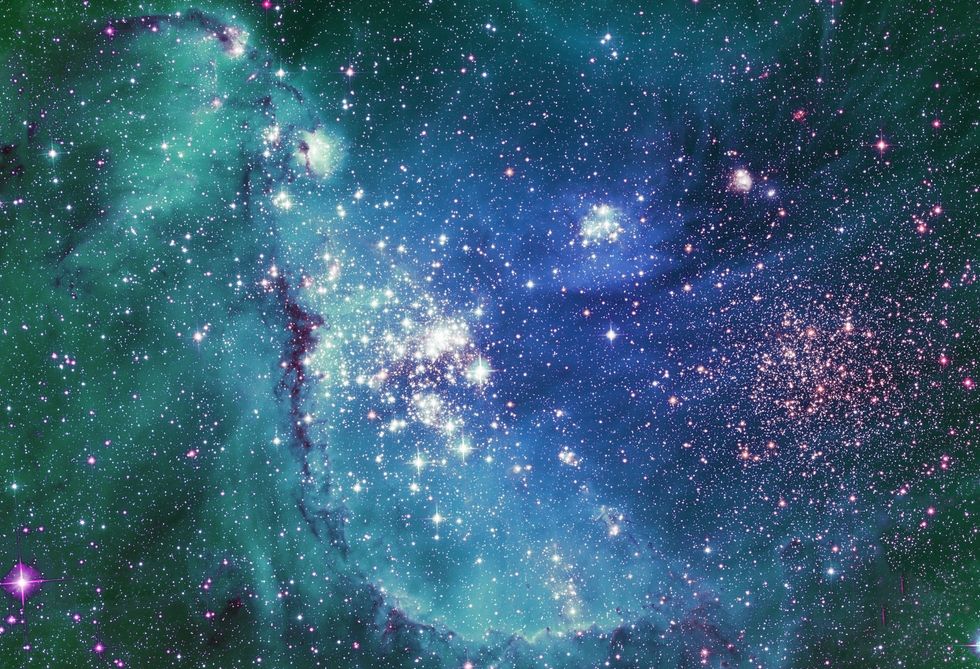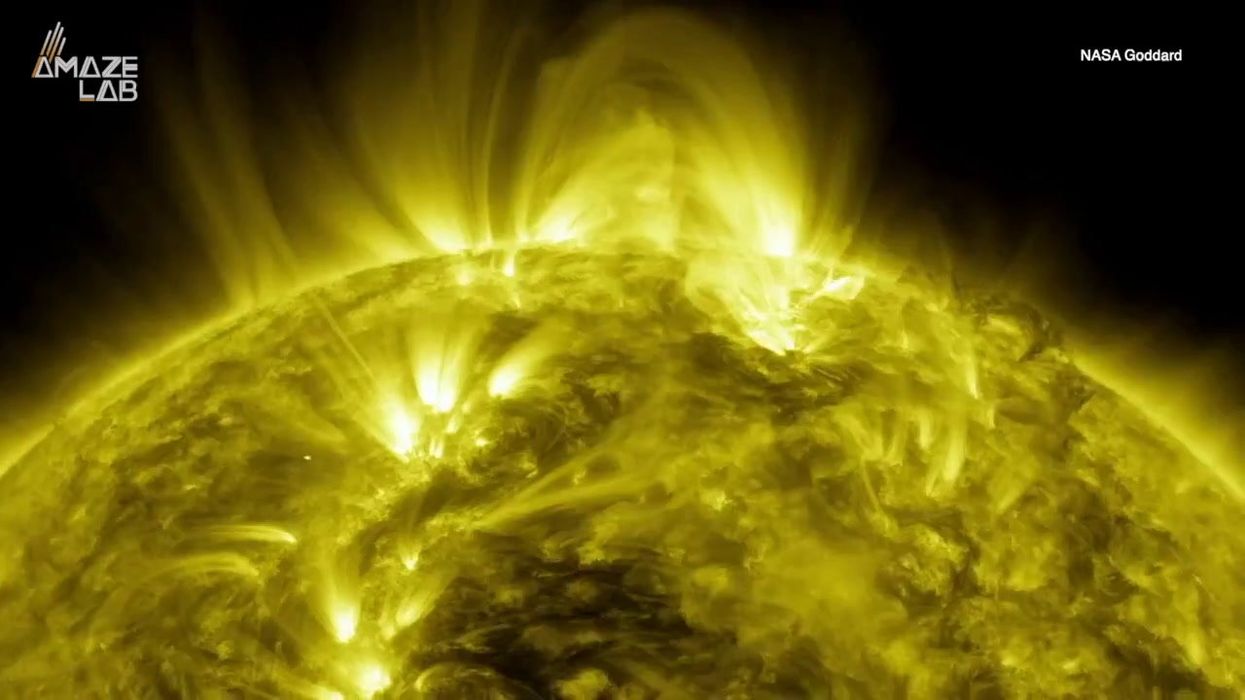Harry Fletcher
Jun 01, 2023
Earth’s Most Powerful Solar Telescope Just Captured a Jaw-Dropping Closeup of the …
content.jwplatform.com
Scientists have been peering into the depths of space, looking right back at the early days of the universe, and they’ve found something very interesting indeed.
Researchers using the James Webb Space Telescope have come across a discovery that indicates some of the very earliest stars to ever form in the universe were staggering in scale, measuring 10,000 times bigger than the Sun.
"Today, thanks to the data collected by the James-Webb Space Telescope, we believe we have found a first clue of the presence of these extraordinary stars," says astrophysicist Corinne Charbonnel of the University of Geneva in Switzerland, in research published in Astronomy & Astrophysics.
These features are huge collections of between 100,000 and 1 million stars known as globular clusters, which all feature similar properties. Scientists estimate that they were all formed at the same time.
Sign up to our free Indy100 weekly newsletter
They’re remnants of the ancient universe and have been described by researchers as "fossils".

The cores of these stars are much hotter than those we see in stars today, and scientists suggest it could be down to an excess of hydrogen burning at high temperatures.
It’s thought that smaller stars collided with the supermassive stars and relished their energy. However, now most of these global clusters are approaching the very end of their life spans.
"Globular clusters are between 10 and 13 billion years old, whereas the maximum lifespan of superstars is two million years," said Mark Gieles, previously at the University of Surrey but now at the University of Barcelona, back in 2018. "They therefore disappeared very early from the clusters that are currently observable. Only indirect traces remain."
The researcher states: "If the supermassive star scenario can be firmed up by future studies, this would provide an important step for our understanding of globular clusters and for the formation of supermassive stars in general, with numerous important implications.”
Have your say in our news democracy. Click the upvote icon at the top of the page to help raise this article through the indy100 rankings.
Top 100
The Conversation (0)














